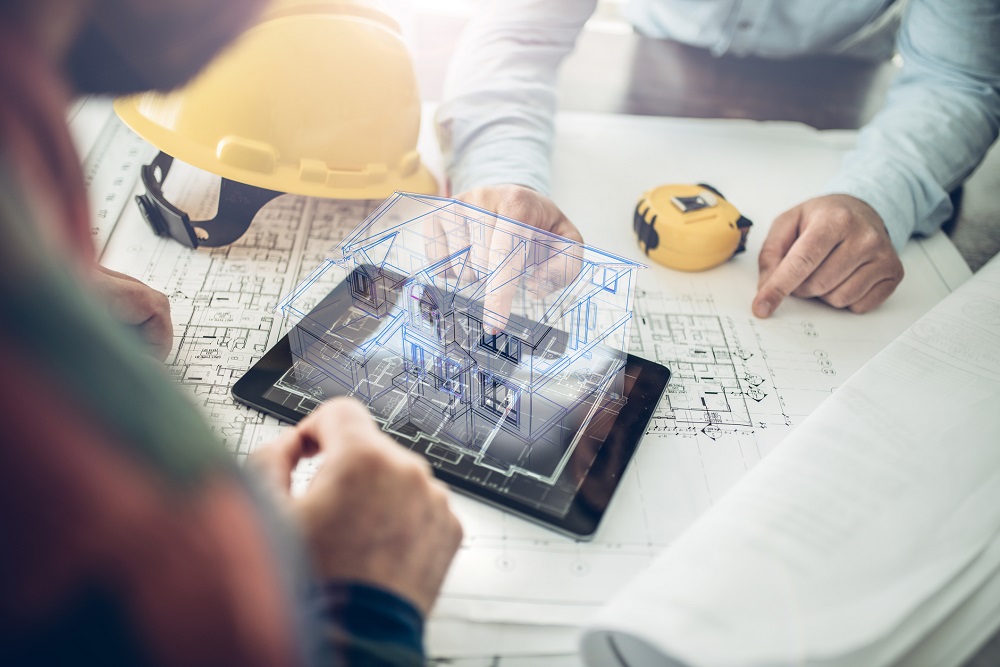Building Information Modelling (BIM) provides the opportunity to use the model as a single source of truth. This enables a wide range of stakeholders to interact with the model and make informed decisions about their area of expertise.
From procurement to design, construction, and operation, a BIM model allows traditional silos to be broken down, enabling different specialists to collaborate, especially where their responsibilities may overlap. This is particularly important in Health and Safety where responsibility applies equally to all. Everybody, at each stage, must ensure the safe design, construction, and use of a facility. A BIM model can have a profound effect in supporting this goal.
In a traditional facilities project, the client (Organisation A0 may commission a design from organisation B, which may contract other specialist designers (D, E, F); the design is then put out to tender for construction company G, who employs subcontractors H, I, and J, before the building is occupied by K, l and M, and maintained by O and P. How often and where do any of these distinct organisations communicate on health and safety?
Within a BIM model the terms upstream and downstream health and safety become somewhat obsolete. By designing and constructing first in “model space”, the river can be paused, run either downhill or uphill, and everybody can be in the river everywhere all at once.
There are two current problem areas that I would like to highlight. The first focuses on downstream health and safety practices and follows a call from WorkSafe CEO Phil Parkes for company directors to take more accountability for organisations in their supply chain. The current method of achieving this is through various pre-qualification processes, in which sub-contractors must “prove” that their health and safety policies and procedures comply with the requirements of the client or main contractor. The issue here is a pragmatic one. “Compliant’ is not always proportional to ‘safe’ and policies and procedures may not reflect what is happening on the ground in a specific project.
The second issue is focused more on upstream activities, in particular how a design can be developed to make it safer to build. An important aspect of this is to find ways for the workers on the groupnd to influence the design stage of a project, to include their knowledge and expertise in the design process. Construction Health and Safety New Zealand (CHASNZ) recently commissioned a report on the state of Health and Safety by Design (HSbD) in New Zealand construction. The results indicate that HSbD is mostly limited to the design stage and is more concerned with designing buildings that are safer to operate, rather than safer to construct. Too often hazards are identified during this process, and then noted as “contractor to resolve”.
Collaboration in a BIM environment can solve both of these problems. Upstream organisations can collaborate with downstream ones within the model and literally see the capability and maturity of their health and safety processes. Downstream organisations can directly affect design decisions, where they have the greatest benefit and the least cost.
I spoke to the health and safety manager of a large commercial construction company recently, where for the first time in a twenty-year career they were asked to contribute to a health and safety by design process involving some high-risk work. By engaging with the BIM model in a collaborative environment, they were able to identify a methodology that reduced both risk and time, which translates to a safer project at a lower cost.
Safer project environments and safer buildings are everyone’s responsibility, making important that processes are transparent and inclusive. By using BIM as a single source of truth and taking a collaborative approach, the construction industry can make better use of the skills and experience that project stakeholders bring to the table.
He waka eke noa…..

